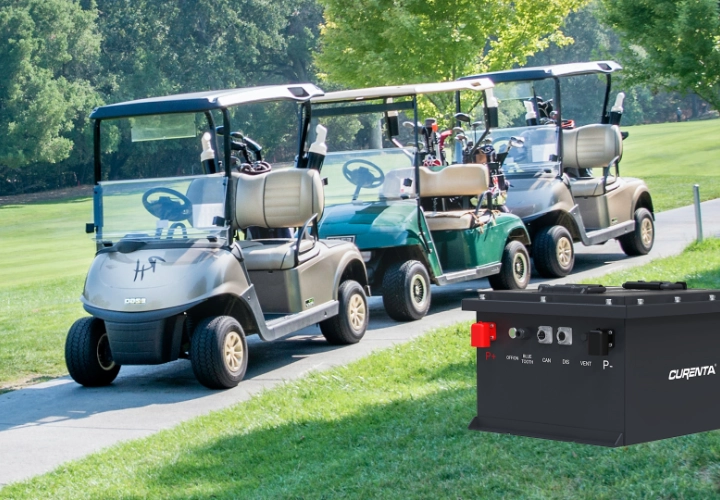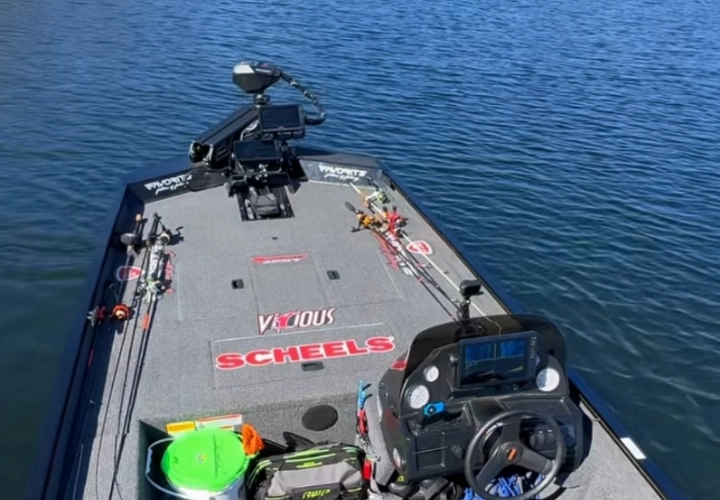Learn More >
Are Renewable Energy Storage Solutions the Key to a Sustainable Future?
Introduction: The Growing Need for Renewable Energy Storage
As the world moves towards a greener future, the demand for renewable energy storage solutions has never been more critical. While solar panels and wind turbines generate clean electricity, their intermittent nature presents a challenge. What happens when the sun isn’t shining or the wind isn’t blowing? That’s where advanced energy storage systems come in. Companies like CURENTA BATTERY are leading the way in developing innovative storage technologies that ensure a stable and reliable power supply.
Why is Energy Storage Crucial for Renewable Energy?
Renewable energy sources like wind and solar power are unpredictable. Unlike fossil fuels, which provide a constant energy supply, renewables depend on environmental conditions. Without effective renewable energy storage solutions, surplus energy generated during peak hours goes to waste, and power shortages become a reality when demand exceeds supply.
Battery storage bridges this gap by storing excess electricity for later use. Advanced battery technologies not only enhance energy security but also optimize grid efficiency. CURENTA BATTERY specializes in high-performance energy storage systems that maximize renewable energy utilization and minimize wastage.
Types of Renewable Energy Storage Solutions
1. Lithium-Ion Batteries: The Leading Technology
Lithium-ion batteries have become the dominant choice for renewable energy storage solutions due to their high energy density, efficiency, and long lifespan. These batteries are widely used in home solar energy systems, industrial applications, and electric vehicles. CURENTA BATTERY is at the forefront of lithium-ion battery innovation, offering solutions that cater to both residential and commercial energy needs.
2. Flow Batteries: A Scalable Option
For large-scale renewable energy storage, flow batteries provide an efficient alternative. Unlike lithium-ion batteries, flow batteries use liquid electrolytes to store energy, allowing for extended storage durations. They are particularly useful for stabilizing the power grid and supporting large renewable energy farms.
3. Pumped Hydro Storage: A Natural Battery
Pumped hydro storage is one of the oldest and most effective renewable energy storage solutions. It works by using surplus electricity to pump water uphill into a reservoir. When energy demand rises, the water is released downhill, passing through turbines to generate electricity. While this method is highly efficient, it requires specific geographical conditions.
4. Compressed Air Energy Storage (CAES)
Compressed air energy storage (CAES) involves storing excess electricity as compressed air in underground caverns. When energy is needed, the air is released and heated to drive turbines. CAES is an emerging technology that offers long-duration energy storage with minimal environmental impact.
How Can Renewable Energy Storage Solutions Reduce Costs?
One of the major barriers to widespread renewable energy adoption is cost. However, renewable energy storage solutions help reduce electricity expenses in several ways:
- Peak Load Management: By storing energy during low-demand periods and releasing it during peak hours, storage solutions help lower electricity bills.
- Grid Independence: Homeowners and businesses can rely on battery storage to reduce dependence on the traditional power grid, leading to long-term savings.
- Reduced Fossil Fuel Use: Storing renewable energy ensures a consistent power supply, reducing the need for expensive and polluting backup generators.
CURENTA BATTERY designs cost-effective storage systems that optimize energy consumption and enhance savings for consumers.
What Role Do Smart Energy Management Systems Play?
Modern renewable energy storage solutions go beyond just storing power; they integrate with smart energy management systems to enhance efficiency. Artificial intelligence and machine learning help predict energy demand, optimize battery usage, and improve overall system performance. CURENTA BATTERY integrates cutting-edge technology into its storage solutions, ensuring seamless energy management for homes and industries.
Challenges and Future of Renewable Energy Storage
Despite the rapid advancements in renewable energy storage solutions, several challenges remain:
- Battery Recycling and Sustainability: As battery usage increases, so does the need for efficient recycling processes to prevent environmental harm.
- Initial Costs: While energy storage solutions lead to long-term savings, the upfront investment remains a hurdle for many consumers.
- Scalability: Developing scalable storage solutions for large-scale renewable energy projects is still an ongoing challenge.
The future of renewable energy storage solutions lies in continuous research and development. Innovations such as solid-state batteries, hydrogen storage, and advanced AI-driven energy management systems are set to revolutionize the industry. CURENTA BATTERY remains committed to pioneering new technologies that push the boundaries of renewable energy storage.
Conclusion: A Sustainable Future with Advanced Energy Storage
The transition to renewable energy is essential for a sustainable future, and renewable energy storage solutions play a crucial role in making this transition possible. By overcoming the limitations of intermittent energy sources, advanced storage systems ensure a stable, reliable, and cost-effective power supply. CURENTA BATTERY continues to lead the way in developing innovative energy storage solutions that empower individuals, businesses, and governments to embrace a greener future.
Are you ready to explore the best renewable energy storage solutions for your needs? Contact CURENTA BATTERY today to learn more about how energy storage can transform your energy strategy!

 English
English German
German Czech
Czech French
French Italian
Italian Hungarian
Hungarian Russian
Russian Japanese
Japanese Korean
Korean Arabic
Arabic Spanish
Spanish Portuguese
Portuguese Danish
Danish


 WhatsApp
WhatsApp